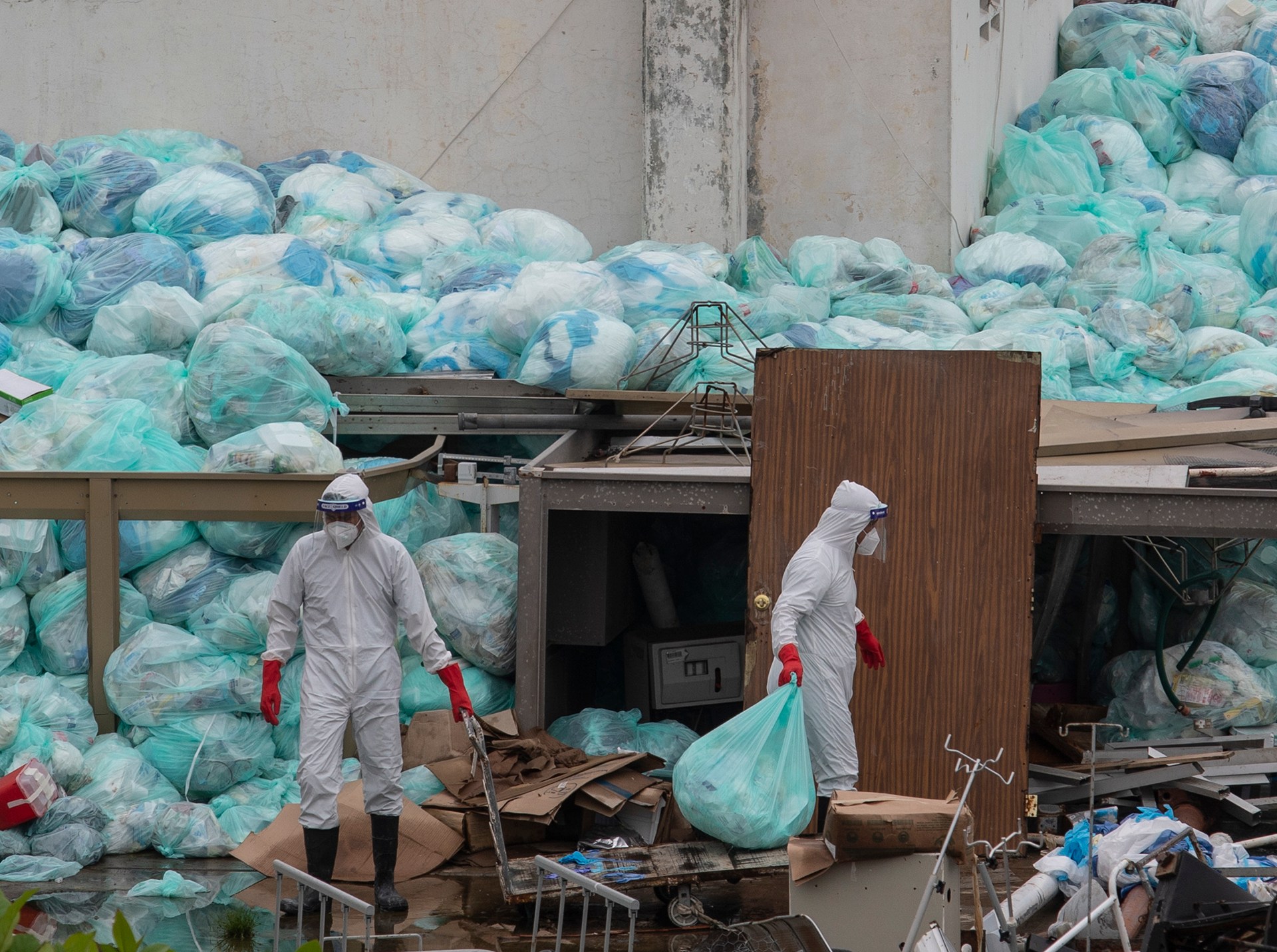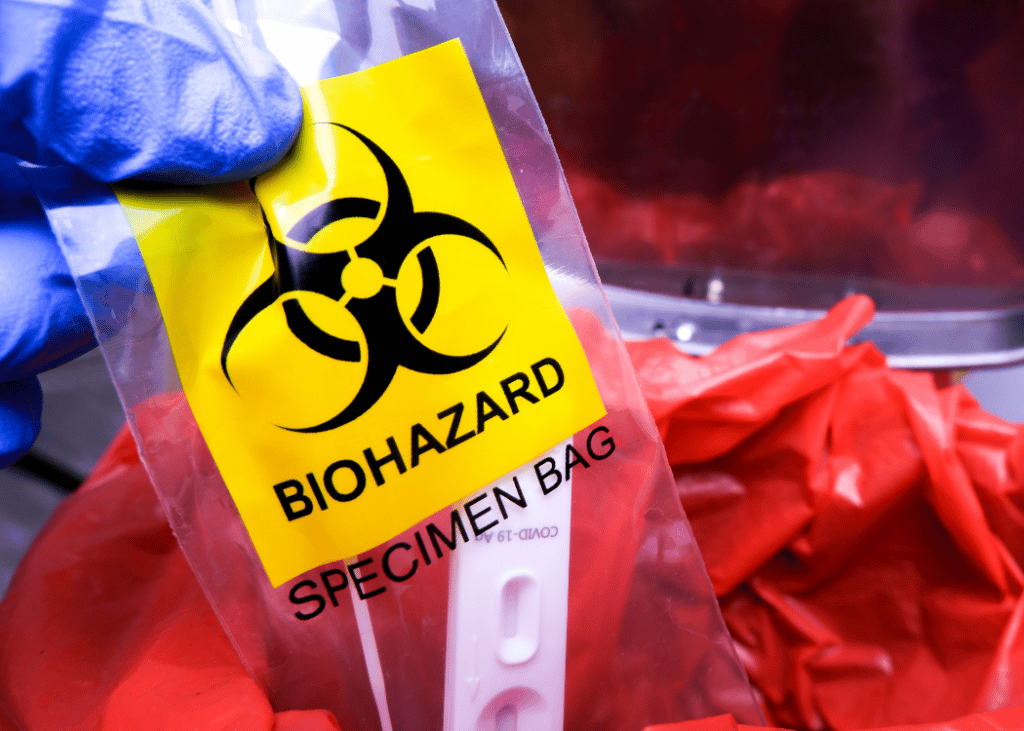Exploring Different Waste Disposal Options for a Cleanser Environment
In the search of a cleaner environment, the management of waste disposal has actually emerged as a critical focal point for sustainable growth. With a wide range of waste disposal options offered, varying from standard land fill approaches to innovative waste-to-energy modern technologies, the selection of just how we manage our waste has far-reaching effects for our world's well-being.
Recycling Approaches
Applying reliable reusing methods is crucial in minimizing waste and advertising sustainability in our environment. Reusing involves the process of transforming waste products into multiple-use challenge prevent unnecessary disposal. Among the most usual recycling methods is worldly recovery, where products like paper, plastic, steel, and glass are accumulated, sorted, and refined to develop new items. This procedure not only conserves natural deposits but likewise lowers power usage and greenhouse gas emissions linked with generating brand-new materials from the ground up.
Another essential recycling technique is composting, which involves breaking down organic waste like food scraps and yard trimmings right into nutrient-rich dirt. By integrating these different recycling approaches into our waste management practices, we can significantly reduce our ecological footprint and relocate in the direction of a more lasting future.

Composting Techniques
Effective waste monitoring methods, such as recycling approaches, lead the way for a cleaner setting, and now, moving the emphasis to 'Composting Techniques', we explore sustainable means to decompose organic waste for ecological advantage. medical waste removal near me.
Composting is a natural process that transforms organic waste, like food scraps and backyard trimmings, right into a nutrient-rich soil amendment. The secret to effective composting hinges on developing the best balance of eco-friendly products, such as fruit and vegetable scraps, and brownish materials, like dried twigs and leaves. These materials break down with the assistance of microbes, damaging down the waste into valuable compost.
Conventional backyard composting includes layering organic materials in a container or heap and consistently turning the mixture to aerate it. By making use of composting strategies, we can decrease the amount of waste sent to garbage dumps while producing a helpful product for improving dirt and sustaining plant growth.
Incineration Cons and pros
Incineration, as a garbage disposal technique, provides both advantages and disadvantages that warrant cautious consideration in the world of lasting waste administration practices. On the silver lining, incineration can considerably reduce the volume of waste, minimizing the demand for land fill area and potentially reducing greenhouse gas discharges. Incineration also permits the recuperation of power with the generation of electrical power or warm, contributing to source healing. Furthermore, the procedure can be used to damage harmful substances, providing a secure technique for managing particular sorts of waste that might present threats to public wellness and the atmosphere if left untreated.
However, there are significant downsides to incineration. One significant problem is the prospective launch of hazardous contaminants right into the air, such as dioxins, hefty steels, and particulate issue, which can have negative effects on human wellness and the environment. In addition, the high initial financial investment and functional expenses of incineration facilities position economic obstacles, making it a less economical alternative compared to various other waste management techniques. Careful tracking and policy are important to minimize these unfavorable impacts and maximize the benefits of incineration as part of a comprehensive waste administration technique.
Landfill Administration Methods
Landfills play a vital duty in waste monitoring and ecological conservation by providing a control system for the disposal of strong waste materials. By compacting the waste, the quantity is lowered, enabling for more waste to be suited over time.
Moreover, the application of everyday cover practices is essential in decreasing odors, avoiding litter, and reducing the destination of bugs. Covering the disposed waste at the end of daily assists to contain smells and stop potential ecological contamination. Furthermore, the monitoring of garbage dump gas discharges and leachate degrees is vital in making sure that environmental criteria are met which any type of potential dangers to bordering ecological communities are reduced.

Waste-to-Energy Technologies
One of the ingenious strategies to waste management includes taking advantage of Waste-to-Energy modern technologies to transform solid waste right into useful power sources. Waste-to-Energy (WtE) innovations include a series of processes that aim to extract energy from waste products via thermal, chemical, or organic ways. This conversion process not only reduces the volume of waste that winds up in landfills but additionally generates beneficial power resources such as electrical energy, warm, or biofuels.
There are a number of techniques of Waste-to-Energy conversion, including pyrolysis, incineration, and gasification. Incineration includes burning waste at high temperatures to generate warmth and power. Gasification transforms waste into a syngas, which can be made use of for power generation or chemical manufacturing. Pyrolysis breaks down organic materials making use of heats in the absence of oxygen, generating bio-oil, gas, and char.
Carrying out Waste-to-Energy technologies can assist reduce ecological issues related to typical waste disposal approaches while all at once offering an eco-friendly energy resource. However, cautious factor to consider needs to be offered to exhausts control and making sure the sustainability of feedstock products for these innovations to be absolutely useful for a cleaner environment.

Conclusion
To conclude, checking out numerous garbage disposal alternatives such as reusing, composting, incineration, land fill management, and waste-to-energy technologies is important for promoting a cleaner atmosphere - click here. Each method has its own benefits and challenges, yet by utilizing a mix of these strategies, we can work towards reducing the amount of waste that ends up in garbage dumps and inevitably add to an extra lasting future for generations ahead
With a wide range of waste disposal alternatives offered, ranging from conventional land fill techniques to ingenious waste-to-energy modern technologies, the selection of just how we manage our waste has far-ranging ramifications for our earth's health. medical waste removal service.Incineration, as a waste disposal technique, presents both advantages and disadvantages that warrant mindful factor to consider in the realm of blog sustainable waste management techniques.Land fills play a crucial function in waste monitoring and environmental preservation by offering a containment system for the disposal of solid waste materials. By condensing the waste, the volume is decreased, enabling for more waste to be fit over time
One of the cutting-edge approaches to throw away administration includes utilizing Waste-to-Energy technologies to convert solid waste right into functional energy sources.